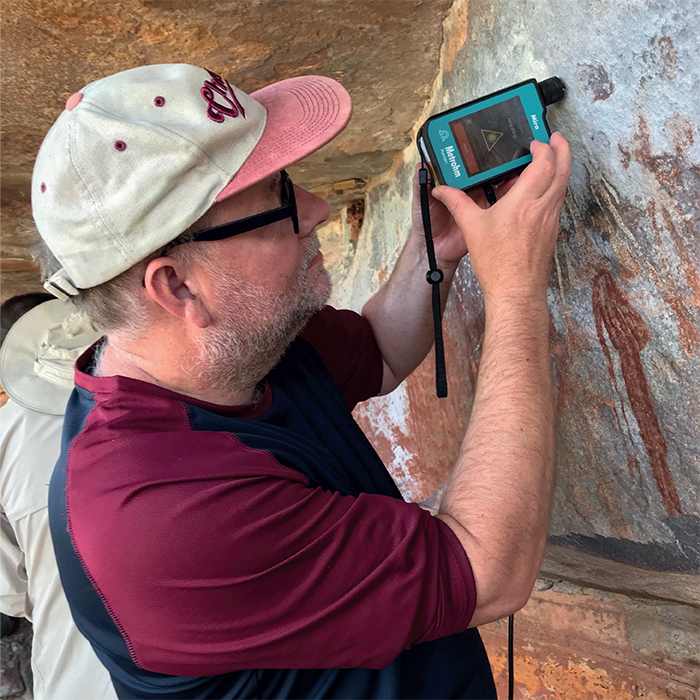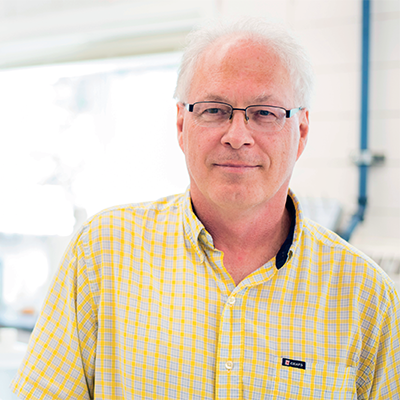Scott McLuckey
When someone invents it, we will know what was missing. I didn’t ask for the internet but now I can’t imagine conducting research without it. Invention of the internet was the mother of necessity…
Benjamin Garcia
Computational and statistical skills. We are constantly dealing with larger and larger datasets, and for the most part playing catch-up on analyzing the data properly. Understanding distributions of data and choosing the right statistical tests is not something many scientists are familiar with. We need to do a better job to integrate computational data analyses in educational modules for undergraduate and graduate students, and also to introduce scientists early to coding programs. Now, on top of this, we also need to decide how to enable and empower younger scientists to use AI based approaches.
Fabrice Gritti
Separation techniques are still struggling to properly handle the analysis of complex mixtures containing very large biomolecules such as mRNA or ssDNA. This calls for breakthrough separation techniques.
Gary Hieftje
A device that provides both molecular and atomic information in a standoff and non-destructive fashion, with high spatial and temporal resolution. At present, Raman spectroscopy is a leading candidate but falls short in several ways. Adding laser-induced breakdown spectroscopy (LIBS) helps, but several limitations remain.


Roy Goodacre
Methods such as fluorescence and surface enhanced Raman scattering (SERS) that measure single molecules only work for certain types of molecules and involve labeling. Additionally, SERS usually needs a chromophore to afford an additional resonance enhancement.
We’re missing methods that can measure every molecule in a cell – I would particularly benefit from a measurement method for bacterium as this is my first academic calling. Unfortunately, this is somewhat challenging as a single bacterium is only 1 × 2 µm in dimension and weighs a mere ~1 pg!
Though DNA and RNA can be amplified, this is not routinely possible for proteins and metabolites, which is needed to cover the low and wide dynamic range in analyte concentration. Something else must be done to fill this gap in the analytical toolbox.
Frances S. Ligler
We need inexpensive methods for nondestructive analysis of living systems in four dimensions at the cell and molecular level, including deep in tissues.


Chuck Lucy
We need more transparency in how we handle and present data. Currently, we rely on summative statistics too much – often failing to include crucial information, such as uncertainty, number of replicates, and details of statistical tests. I’m a great fan of Tracey Weissgerber’s efforts to improve data transparency and reproducibility in biomedical research. Implementing these recommendations would be a valuable addition to our analytical toolbox.
Vicki Wysocki
I am hopeful that, in the future, we will integrate the data from multiple tools much better than we’ve been able to so far. The key is creative computational work that brings data from disparate techniques together. Although there is concern about the role of artificial intelligence in our future, I cannot wait to see the advances that can be made with modern analytical science when we apply modern computational approaches to our measurement science data and other available data, including personal and health care data sets.




Credit: All headshots supplied by interviewees




